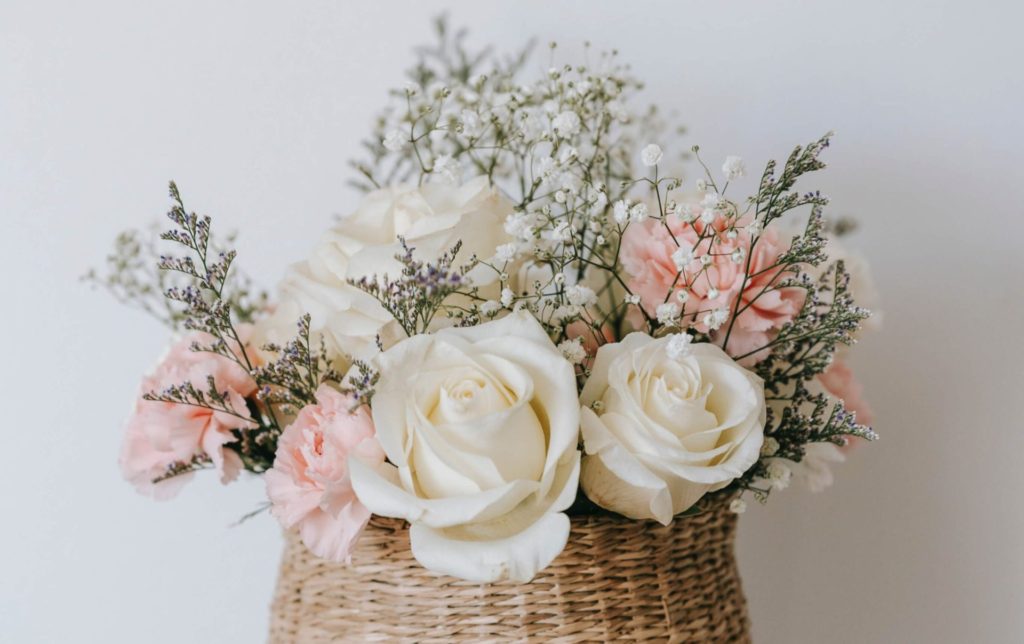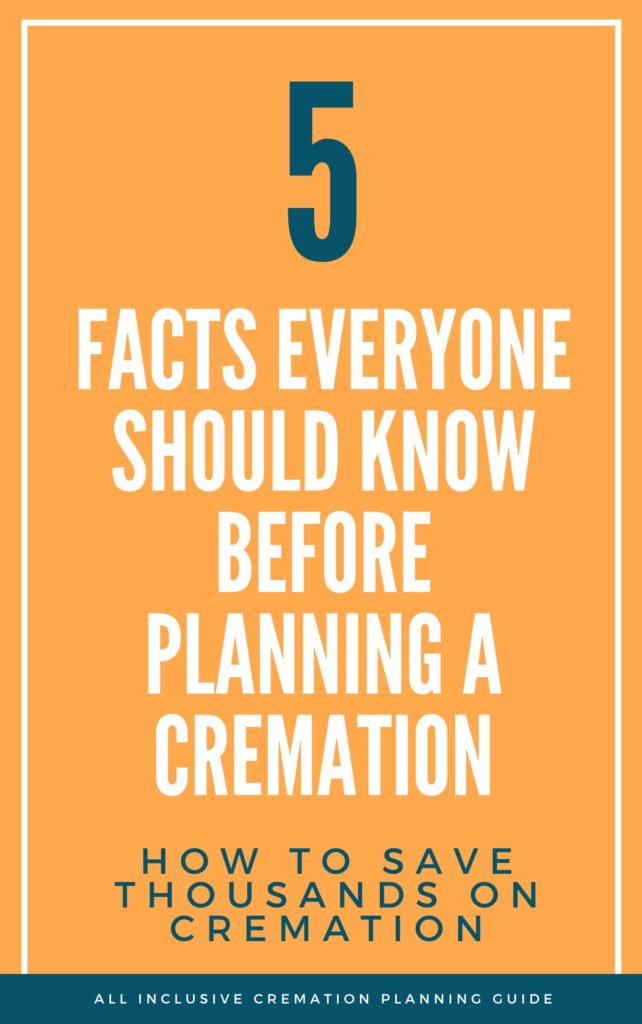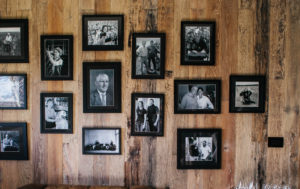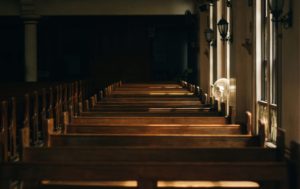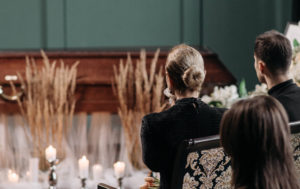Losing a loved one is a difficult and emotional experience. While the grieving process is unique to each individual, it is a universal experience that we all share at some point in our lives. In Hillsboro and across the world, traditional burials have long been the norm. However, in recent years, a new alternative has emerged: green burials. In this blog post, we’ll explore the differences between traditional and green burial options, and help you make an informed decision about which one is right for you and your loved ones.
What is a Traditional Burial?
A traditional burial involves embalming the body, placing it in a casket, and then burying the casket in a cemetery. Embalming is the process of injecting the body with chemicals to delay the natural decomposition process. It is typically done to preserve the body’s appearance for an open-casket viewing or funeral service. However, embalming is not required by law, and some families choose not to have their loved one embalmed.
In a traditional burial, the casket is usually made of wood, metal, or concrete, and is placed in a concrete or metal vault before being buried. This is done to prevent the ground from sinking and to protect the casket from water and other elements.
What is a Green Burial?
A green burial is a natural and eco-friendly alternative to traditional burials. Instead of embalming the body, it is placed in a biodegradable casket or shroud and buried in a natural setting. The goal of a green burial is to allow the body to return to the earth as quickly and naturally as possible.
In a green burial, the casket is typically made of materials like bamboo, wicker, or cardboard, which are biodegradable and environmentally friendly. The burial site is also left in a natural state, without the use of concrete vaults or headstones.
What Are the Differences Between Traditional and Green Burials?
The main differences between traditional and green burials are the materials used, the impact on the environment, and the cost.
Materials Used
In a traditional burial, the casket is typically made of wood, metal, or concrete, and may be lined with materials like velvet or satin. The casket is then placed in a concrete or metal vault, which is designed to protect it from the elements and to prevent the ground from sinking.
In contrast, a green burial involves a biodegradable casket or shroud that is made of natural materials like bamboo, wicker, or cardboard. These materials break down naturally and do not harm the environment.
Impact on the Environment
Traditional burials can have a significant impact on the environment. Embalming fluid contains chemicals like formaldehyde, which can be harmful to the environment and to the people who work with it. Additionally, the materials used in a traditional burial, like metal and concrete, do not break down naturally and can take decades or even centuries to decompose.
Green burials, on the other hand, are designed to have a minimal impact on the environment. By using biodegradable materials and avoiding embalming, green burials are a natural and eco-friendly option.
Cost
The cost of a traditional burial can vary widely depending on the materials used, the location of the cemetery, and other factors. On average, a traditional burial can cost several thousand dollars.
Green burials are often less expensive than traditional burials, as they do not require embalming, expensive caskets, or concrete vaults. Additionally, green burials may be held in natural settings, such as nature reserves or public parks, which may not require the same fees as a traditional cemetery.
Why Choose a Green Burial?
There are many reasons to choose a green burial over a traditional burial. Here are a few reasons why you might consider a green burial:
- Environmental Benefits: By choosing a green burial, you are minimizing your impact on the environment. Green burials are a sustainable and eco-friendly alternative to traditional burials, and they do not harm the environment.
- Lower Cost: Green burials are often less expensive than traditional burials. By choosing a green burial, you can save money while still providing your loved one with a meaningful and respectful final resting place.
- Personal Choice: Choosing a green burial is a personal choice that allows you to honor your loved one’s wishes and beliefs. If your loved one was passionate about the environment and sustainability, a green burial may be the perfect way to honor their memory.
How to Plan a Green Burial
If you are interested in planning a green burial, there are a few steps you should take:
- Research Local Laws: Before you start planning a green burial, it is important to research the local laws and regulations in your area. Some states and local governments have specific requirements for green burials, and it is important to be aware of these regulations before making any decisions.
- Find a Green Cemetery: Once you have researched the local laws, you can start looking for a green cemetery in your area. Green cemeteries are designed to minimize their impact on the environment and often offer natural and beautiful settings for burials.
- Choose a Biodegradable Casket or Shroud: In a green burial, the casket or shroud should be biodegradable and made from natural materials. There are many options available, including bamboo, wicker, and cardboard.
- Consider a Natural Burial Ground: In addition to green cemeteries, there are also natural burial grounds that offer a more natural setting for burials. These grounds may not have headstones or markers, and they often allow for the burial of multiple individuals in the same location.
Call Us for More Information
If you have any questions about traditional or green burial options, we are here to help. Our experienced team can provide you with the information and support you need to make the right decision for you and your loved ones. Call us today to learn more about our services and to schedule a consultation.


